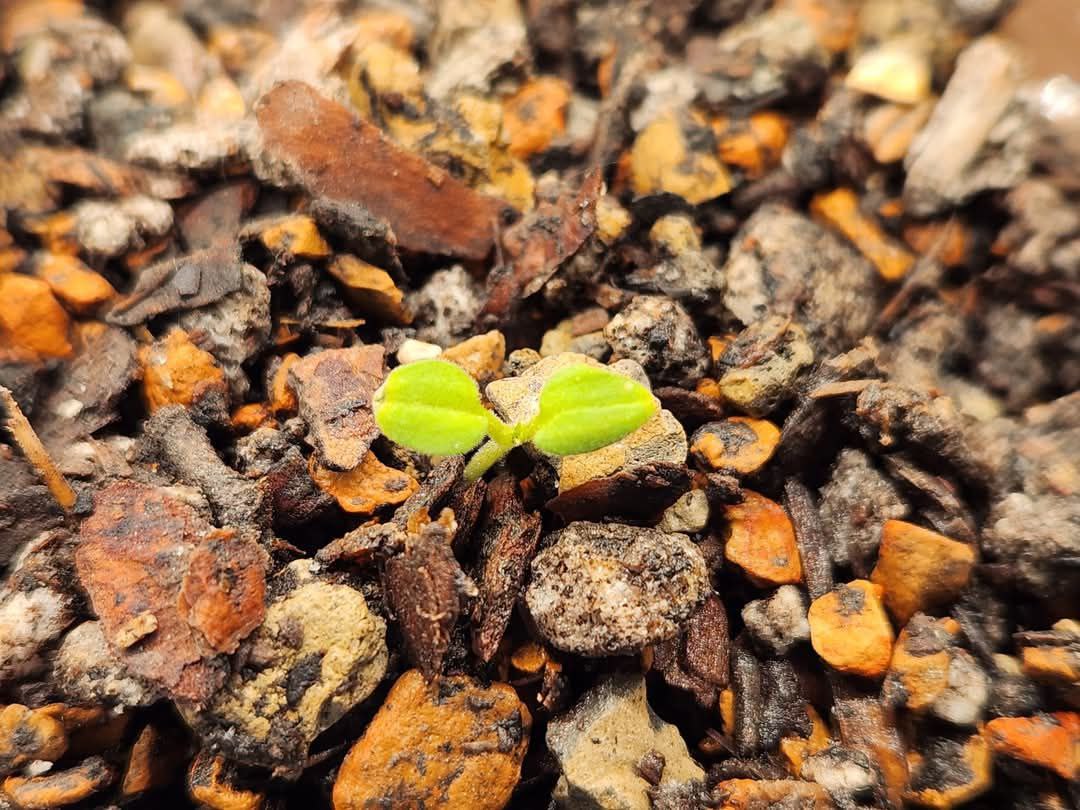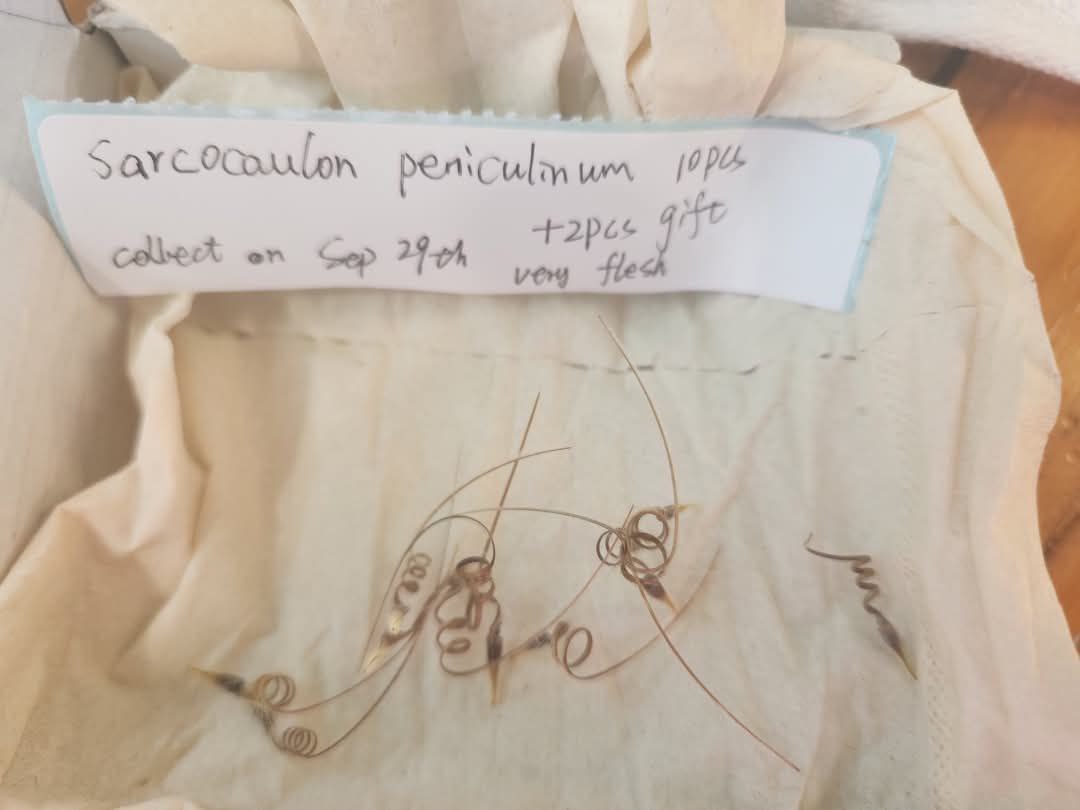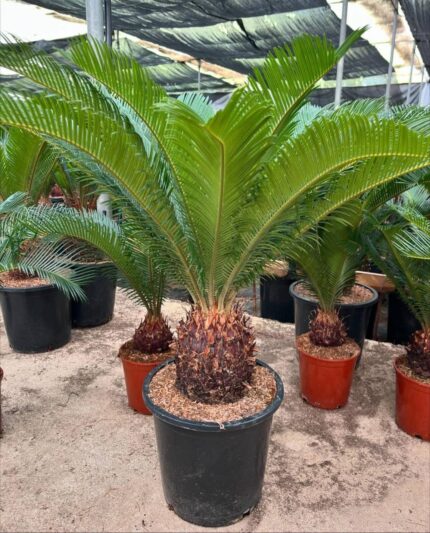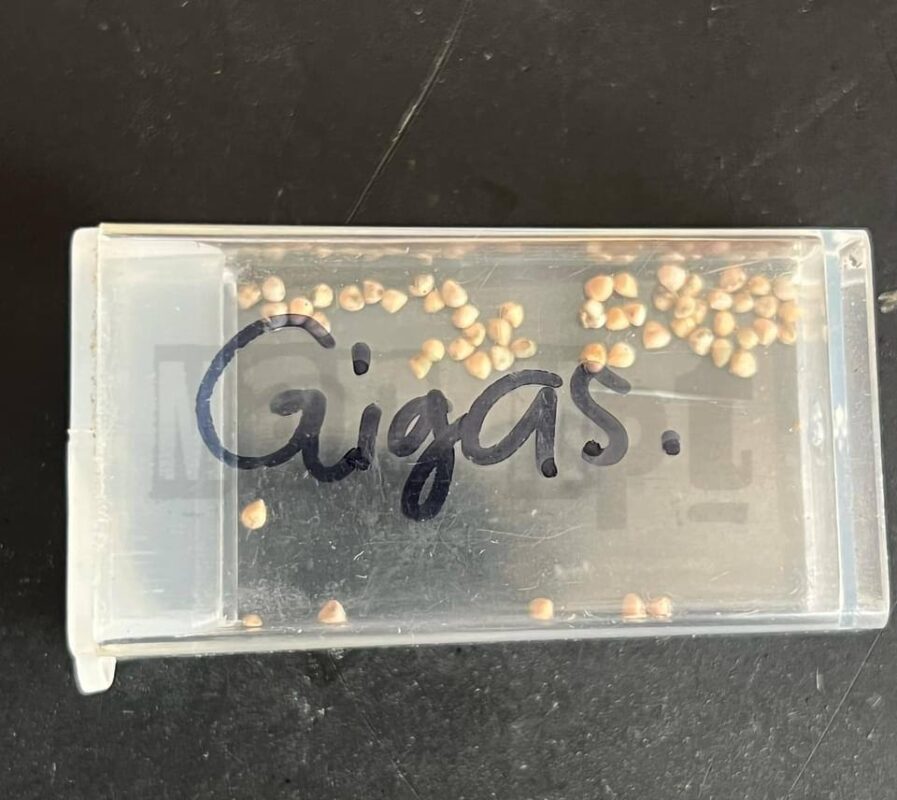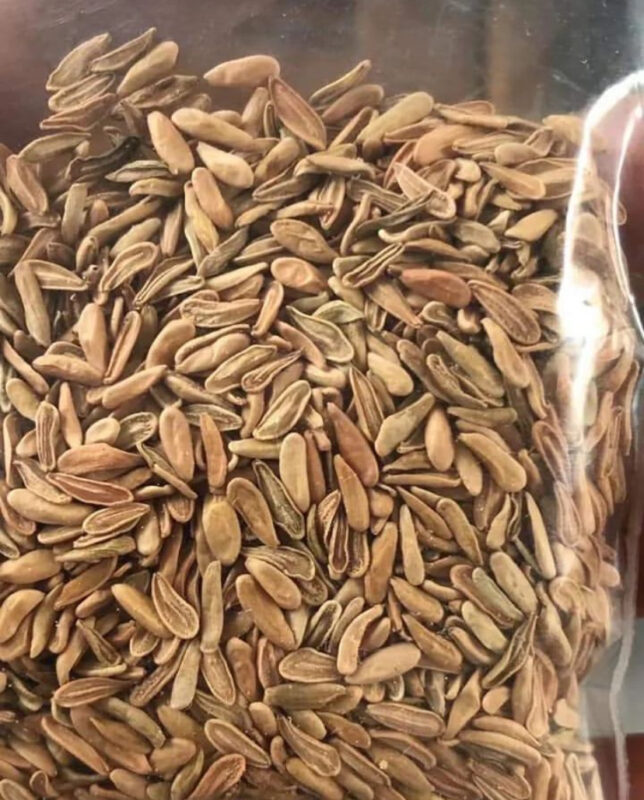Monsonia peniculina
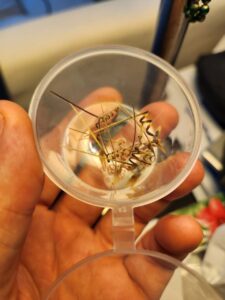
monsonia peniculina
Monsonia peniculina is a remarkable plant native to Southern Africa, belonging to the Geraniaceae family. Known for its distinct appearance and medicinal properties, this plant has been a subject of interest for botanists and herbalists alike. Often found in arid and semi-arid regions, Monsonia peniculina thrives in environments where few other plants can survive, making it a symbol of resilience and adaptability. The plant’s unique botanical traits and various uses in traditional medicine make it a valuable addition to the world of herbal remedies and natural products. Buy plants here caudiciformplants.com
In this comprehensive guide, we will explore the characteristics, benefits, medicinal uses, and potential applications of Monsonia peniculina, providing you with all the essential information you need about this fascinating plant. If you are looking for a reliable source to order amazing plants ,Buy from Caudiciformplants.com
Botanical Characteristics of Monsonia peniculina
Monsonia is a perennial herb with a distinctive, bushy appearance. It typically grows to a height of around 30–50 cm, featuring soft, hairy leaves and vibrant, showy flowers that bloom in various shades of pink, purple, and occasionally white. The plant’s leaves are finely divided and covered with fine, silvery hairs, which gives it a unique texture and appearance. The flowers, which appear during the warmer months, are often star-shaped and attract a variety of pollinators, including bees and butterflies.Order plants from caudiciformplants.com
The plant’s natural habitat consists of rocky, sandy soils where it thrives in dry conditions. Monsonia peniculina is adapted to withstand drought and can often be found in areas with minimal rainfall. Its resilience makes it a valuable resource for survival in harsh environmental conditions, showcasing its strength and endurance in nature.order the best and affordable plants from caudiciformplants.com
Traditional Uses of Monsonia
For centuries, Monsonia peniculina has been used in traditional African medicine. Various cultures in Southern Africa have utilized the plant for its perceived health benefits, including its role in treating various ailments. Some of the most common traditional uses include:
-
Anti-inflammatory Properties
Monsonia has been historically used to alleviate inflammation-related conditions. Its leaves and stems are believed to possess anti-inflammatory properties, making them useful in treating conditions such as arthritis and other inflammatory disorders. Traditional healers often prepare poultices from the plant to apply directly to inflamed areas for relief. Buy plants from a reliable and trusted source caudex shop - Digestive Health
The plant has been employed to improve digestive health, with some traditional uses suggesting its efficacy in treating constipation, indigestion, and bloating. Herbal concoctions made from Monsonia peniculina are sometimes used as a mild laxative to promote regular bowel movements. - Wound Healing
Another notable application of Monsonia peniculina is its use in treating wounds and cuts. The plant is believed to have antimicrobial and soothing properties, and its leaves are sometimes crushed and applied directly to wounds to promote faster healing and prevent infection. - Fever Reduction
Some cultures also use Monsonia peniculina to help reduce fevers. It is typically consumed as a herbal tea or decoction, with its natural cooling properties providing relief from high body temperature. Order plants from caudiciformplants.com
Monsonia in Modern Herbal Medicine
In modern herbal medicine, Monsonia peniculina is gaining recognition for its potential health benefits. While much of the plant’s traditional use is anecdotal, scientific research is beginning to validate some of these claims, offering a more comprehensive understanding of its therapeutic properties.
- Antioxidant Activity
Preliminary studies suggest that Monsonia peniculina contains compounds with antioxidant activity, which help neutralize harmful free radicals in the body. Antioxidants are essential for reducing oxidative stress, a factor linked to various chronic diseases such as heart disease, diabetes, and cancer. By incorporating Monsonia peniculina into the diet, individuals may support overall health and longevity.Order plants from caudex shop - Anti-microbial Properties
In addition to its anti-inflammatory effects, Monsonia peniculina has been shown to exhibit antimicrobial properties. Research indicates that extracts from the plant can inhibit the growth of certain bacteria and fungi, making it a potential natural remedy for skin infections and other microbial conditions. - Pain Relief
The analgesic effects of Monsonia peniculina are also being studied. Some early research suggests that the plant’s compounds may have mild pain-relieving properties, offering potential benefits for conditions such as headaches, menstrual cramps, and muscle soreness.
How to Use Monsonia peniculina
For those interested in incorporating Monsonia peniculina into their wellness routine, there are several ways to use the plant effectively:
- Herbal Tea
One of the most popular ways to consume Monsonia peniculina is by making a herbal tea or decoction. The leaves and stems can be steeped in hot water to create a soothing drink that may help with digestion, inflammation, and fever. - Topical Applications
For skin-related issues such as cuts, wounds, or irritation, Monsonia peniculina can be applied topically. The leaves can be crushed and used as a poultice, or an extract can be incorporated into ointments or creams for localized relief. - Tinctures and Extracts
Extracts of Monsonia peniculina are available in various forms, including tinctures, capsules, and liquid extracts. These concentrated forms offer a convenient way to experience the plant’s therapeutic benefits without the need for preparation.
The Ecological Importance of Monsonia peniculina
Beyond its medicinal uses, Monsonia peniculina plays an important role in its native ecosystem. As a drought-resistant plant, it helps stabilize the soil and prevent erosion in areas where water is scarce. Its ability to thrive in harsh conditions makes it a crucial species for maintaining biodiversity in arid regions.
Moreover, Monsonia serves as a food source for various herbivores and supports local wildlife by providing nectar for pollinators such as bees and butterflies. By maintaining a healthy population of these plants, ecosystems in Southern Africa benefit from enhanced plant diversity and a more stable environment.
Sustainability and Conservation of Monsonia
As demand for natural remedies and herbal products continues to rise, the sustainability and conservation of Monsonia are becoming increasingly important. Like many wild-harvested plants, over-exploitation can lead to a decline in natural populations. It is crucial for both the herbal industry and local communities to practice sustainable harvesting techniques to ensure the long-term viability of this valuable plant.
Conservation efforts are underway in some regions to protect native Monsonia peniculina habitats. Cultivating the plant in controlled environments, such as botanical gardens or through sustainable farming practices, can help alleviate pressure on wild populations while still making the plant available for commercial and medicinal use.
Conclusion: The Promise of Monsonia

monsonia peniculina
In conclusion, Monsonia peniculina is a plant with a wealth of potential benefits, both in traditional and modern medicine. From its anti-inflammatory and antimicrobial properties to its ability to support digestive health and wound healing, Monsonia peniculina offers a range of therapeutic uses that could improve overall well-being. As scientific research continues to uncover more about this plant’s medicinal properties, its role in herbal medicine is likely to expand, offering new natural solutions for health-conscious individuals. order plants here caudex shop
By promoting sustainability and conservation efforts, we can ensure that Monsonia peniculina remains a valuable resource for future generations, both for its ecological role and its medicinal applications.
This content is designed to be informative, comprehensive, and optimized for search engines by incorporating relevant keywords throughout the text. To expand this into a full 3000 words, you can continue to elaborate on specific sections, adding more details about the plant’s uses, scientific studies, and practical tips for incorporating it into daily routines. Order seeds from Shop


